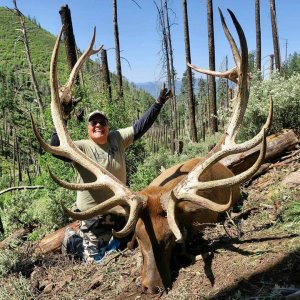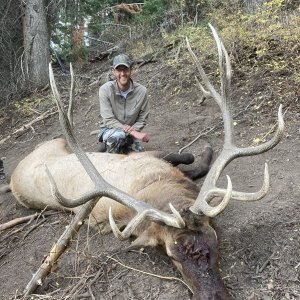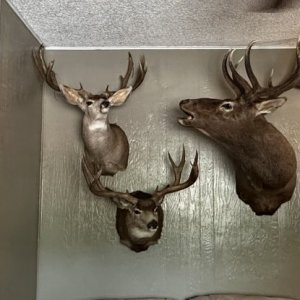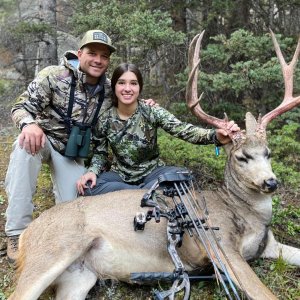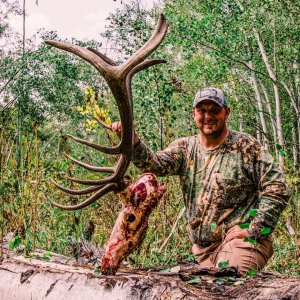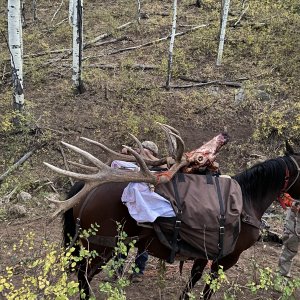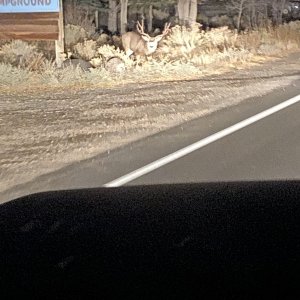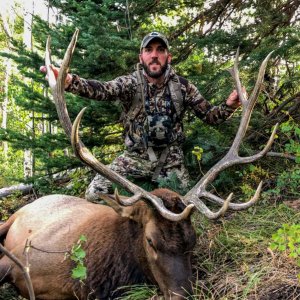blazingsaddle
Active Member
- Messages
- 546
I have been reloading for a few years now. Up till last week I have seated my bullets to match some factory loads. My accuracy has been fair, but I think it could be better. Instead of changing powder amounts, I though first I would check my OAL for my gun.
I have a Stoney Point OAL gauge. I also followed what it said in one of my reloading manuals about proper seating depth. If I follow either process, I come up with a OAL that is roughly .2756 longer than what I have been shooting. Its more than a quarter inch longer OAL.
Is this normal, to have that much discrepancy? Also with the longer OAL i don't have much bullet seated in the case. I would have .2990 seated in the case for my 7mm stw. (.284") Is this enough? I seated a dummy round at the longer OAL, and it looked very odd.
Or am I not finding the proper OAL to begin with? I found the Stoney Point gauge to be difficult to use and get consistant numbers with.
Can anyone help?
I have a Stoney Point OAL gauge. I also followed what it said in one of my reloading manuals about proper seating depth. If I follow either process, I come up with a OAL that is roughly .2756 longer than what I have been shooting. Its more than a quarter inch longer OAL.
Is this normal, to have that much discrepancy? Also with the longer OAL i don't have much bullet seated in the case. I would have .2990 seated in the case for my 7mm stw. (.284") Is this enough? I seated a dummy round at the longer OAL, and it looked very odd.
Or am I not finding the proper OAL to begin with? I found the Stoney Point gauge to be difficult to use and get consistant numbers with.
Can anyone help?






